Straw Mulch For Vegetable Garden: The Ultimate Guide To Using Straw To Improve Your Yield And Save Time
Here are some additional tips for using straw mulch in your vegetable garden:
- Choose straw that is free of weeds and pests.
- Apply the straw mulch in the fall or early spring, before the weeds start to germinate.
- Water the straw mulch thoroughly after you apply it.
- Reapply the straw mulch as needed throughout the season.
Straw mulch is a great way to improve your vegetable garden. It helps to suppress weeds, conserve moisture, and protect your plants from pests and diseases. If you're interested in learning more about how to use straw mulch in your vegetable garden, I recommend visiting Home Gardening. This website has a wealth of information on the topic, including how to choose the right type of straw, how much to apply, and how to maintain your mulch.
FAQ of straw mulch for vegetable garden
What are the benefits of using straw mulch in a vegetable garden?
Straw mulch has many benefits for vegetable gardens, including:
- Reduces weed growth. Straw blocks out sunlight, which prevents weeds from germinating.
- Retains moisture. Straw helps to keep the soil moist, which reduces the need for watering.
- Moderates soil temperature. Straw helps to keep the soil temperature from fluctuating too much, which can be beneficial for plant growth.
- Protects plants from pests and diseases. Straw can help to prevent soil-borne diseases from splashing up onto plant leaves.
- Improves soil quality. Straw can help to improve the drainage and aeration of the soil, which can lead to healthier plants.
What type of straw should I use for my vegetable garden?
The best type of straw to use for a vegetable garden is wheat straw. Wheat straw is relatively inexpensive and easy to find. It is also a good choice because it is not as likely to harbor pests or diseases as other types of straw.
How much straw should I use for my vegetable garden?
The amount of straw you need to use for your vegetable garden will depend on the size of your garden and the type of plants you are growing. A good rule of thumb is to apply a layer of straw that is 4-6 inches thick.
When should I apply straw mulch to my vegetable garden?
You should apply straw mulch to your vegetable garden after the plants have been established. This will help to prevent the straw from smothering the plants.
How do I keep straw mulch from blowing away?
If you live in an area with windy conditions, you may need to take steps to keep your straw mulch from blowing away. One way to do this is to wet the straw before applying it. You can also weigh down the straw with rocks or bricks.
Is there anything I should avoid when using straw mulch in my vegetable garden?
There are a few things you should avoid when using straw mulch in your vegetable garden. First, you should not use straw that has been treated with herbicides. Second, you should not apply straw mulch too thickly, as this can create a breeding ground for pests and diseases.
Image of straw mulch for vegetable garden
- Vegetable garden with straw mulch. This image shows a vegetable garden with a thick layer of straw mulch. The straw mulch helps to suppress weeds, retain moisture, and protect the plants from pests and diseases.
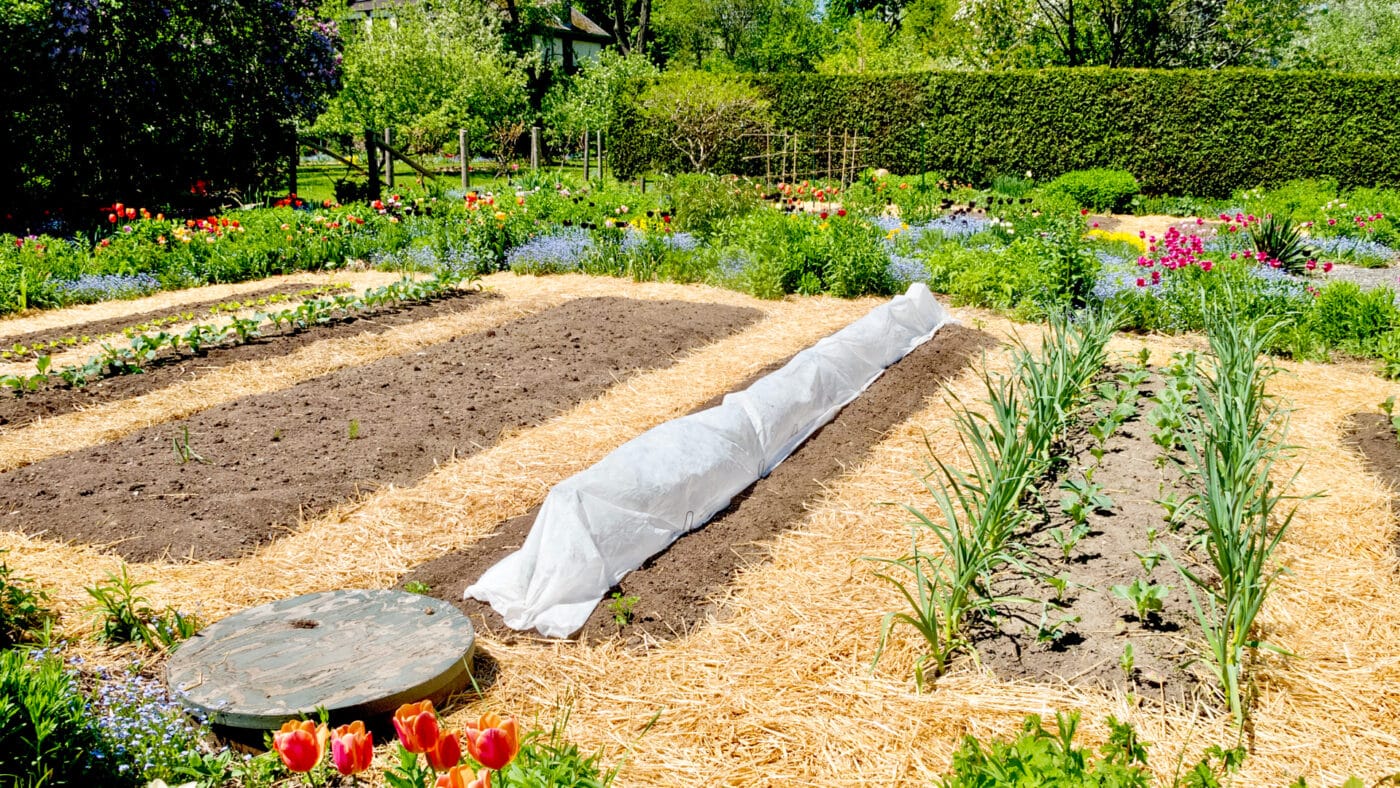
- Straw mulch around tomato plants. This image shows straw mulch being used around tomato plants. The straw mulch helps to keep the soil moist and cool, which helps to prevent blossom end rot.
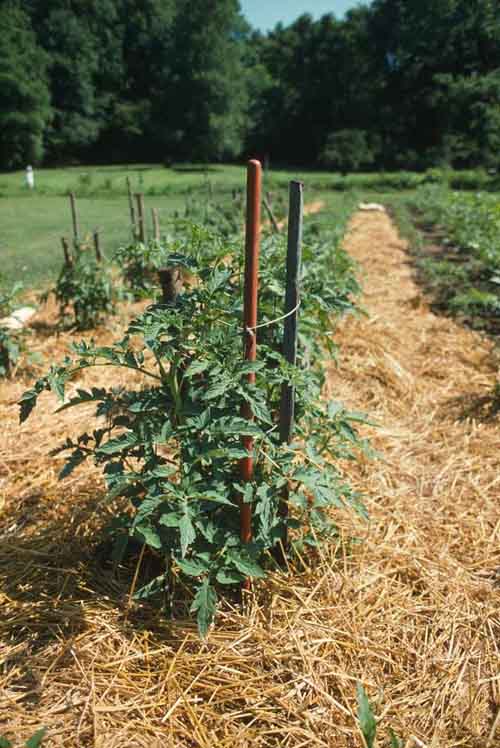
- Straw mulch around strawberries. This image shows straw mulch being used around strawberry plants. The straw mulch helps to keep the fruit clean and prevent it from rotting.
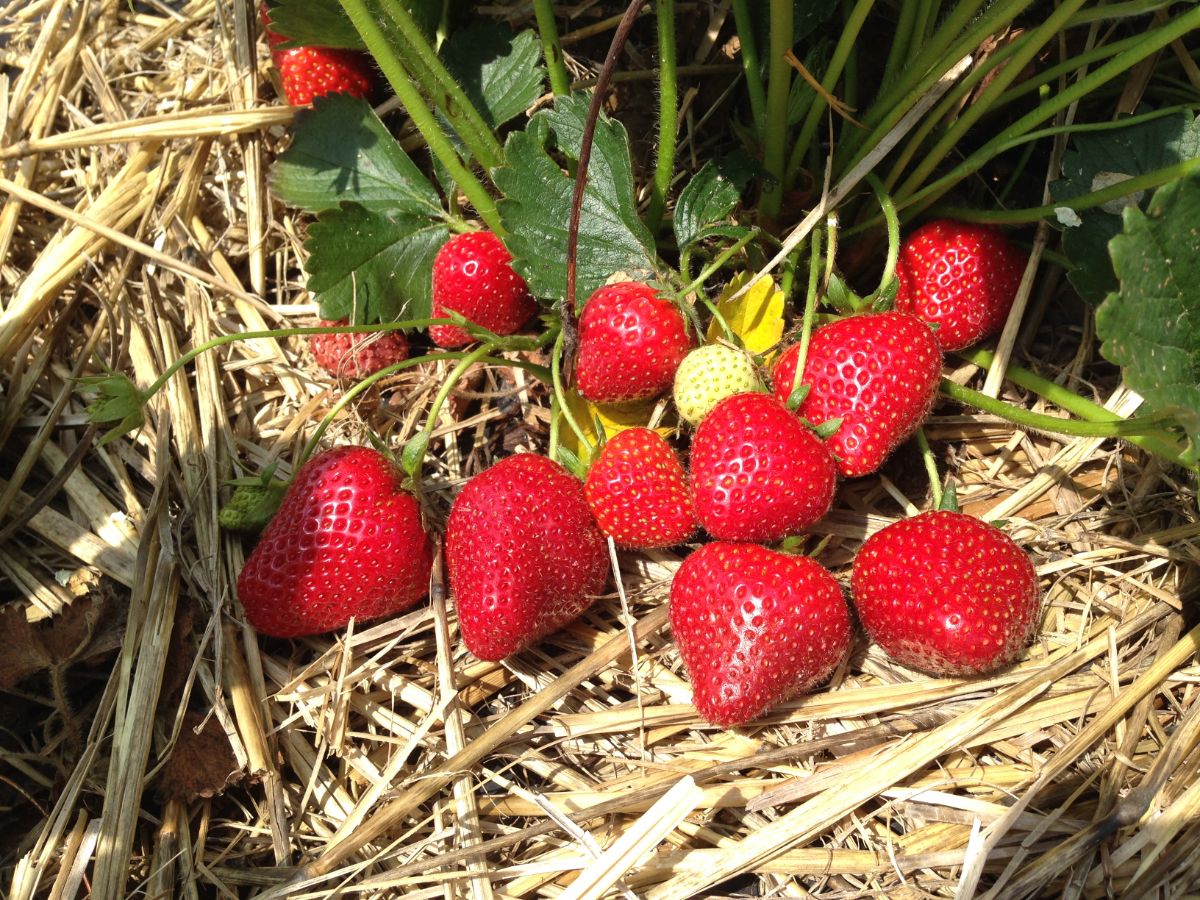
- Straw mulch around melons and squash. This image shows straw mulch being used around melon and squash plants. The straw mulch helps to keep the fruit from touching the ground, which helps to prevent it from rotting.
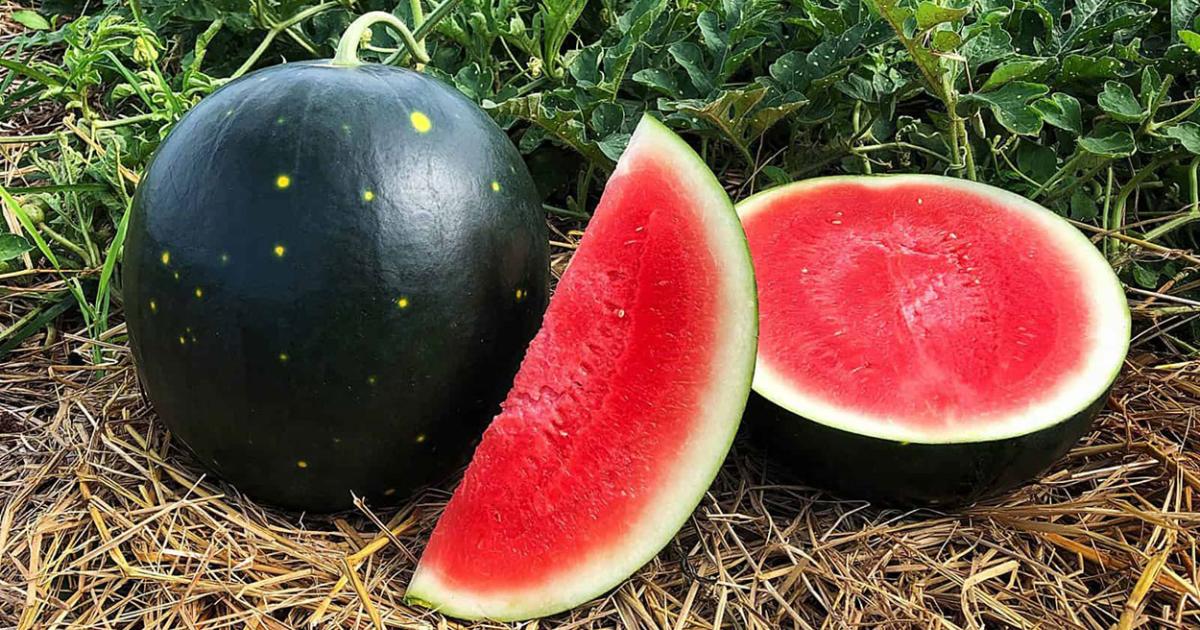
- Straw mulch around carrots and potatoes. This image shows straw mulch being used around carrot and potato plants. The straw mulch helps to keep the soil moist and cool, which helps to improve the flavor of the vegetables.
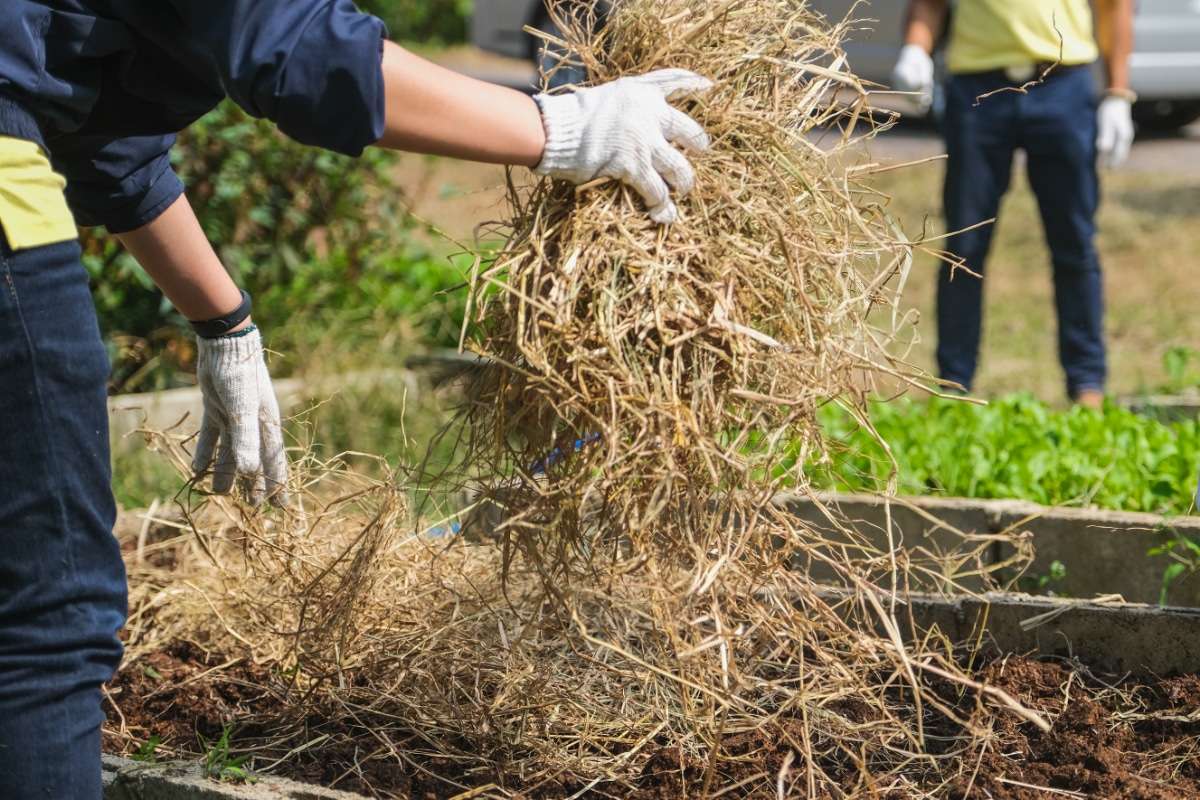
- Straw mulch around herbs. This image shows straw mulch being used around herb plants. The straw mulch helps to keep the soil moist and cool, which helps the herbs to thrive.
- Straw mulch around flowers. This image shows straw mulch being used around flower beds. The straw mulch helps to suppress weeds, retain moisture, and protect the flowers from pests and diseases.

- Straw mulch around trees and shrubs. This image shows straw mulch being used around trees and shrubs. The straw mulch helps to suppress weeds, retain moisture, and protect the plants from the cold.
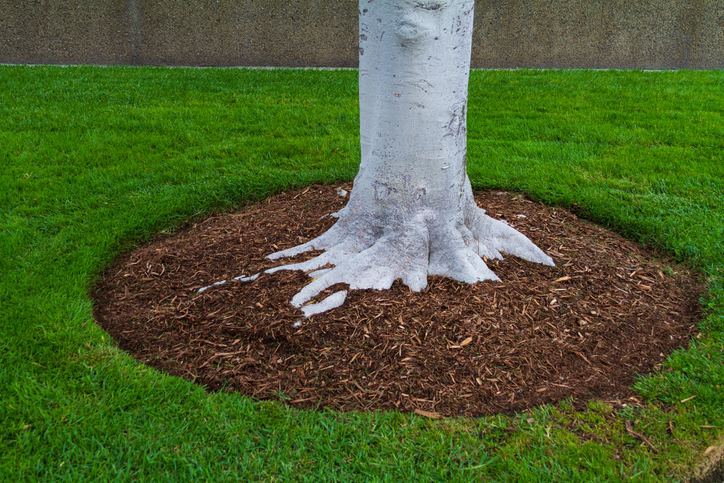
- Straw mulch in a raised bed garden. This image shows straw mulch being used in a raised bed garden. The straw mulch helps to suppress weeds, retain moisture, and protect the plants from pests and diseases.
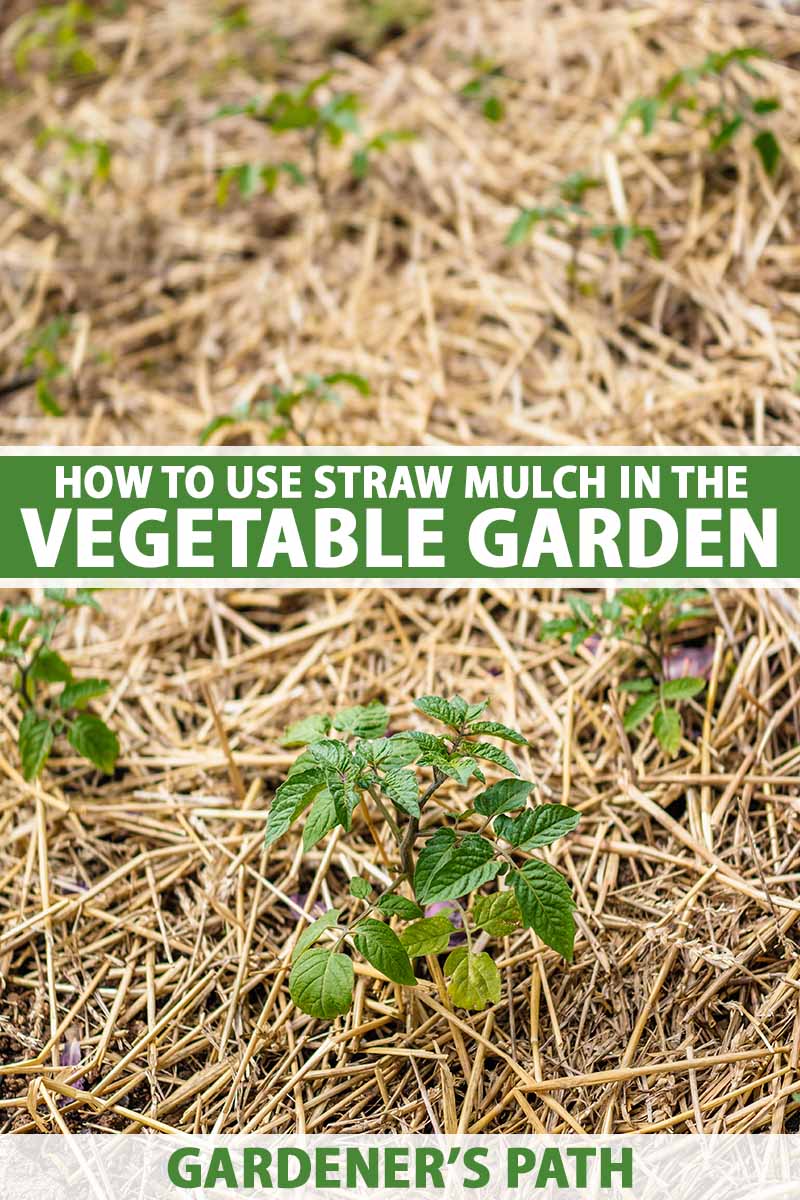
- Straw mulch in a hoop house. This image shows straw mulch being used in a hoop house. The straw mulch helps to retain moisture, protect the plants from the cold, and extend the growing season.

Post a Comment for "Straw Mulch For Vegetable Garden: The Ultimate Guide To Using Straw To Improve Your Yield And Save Time"